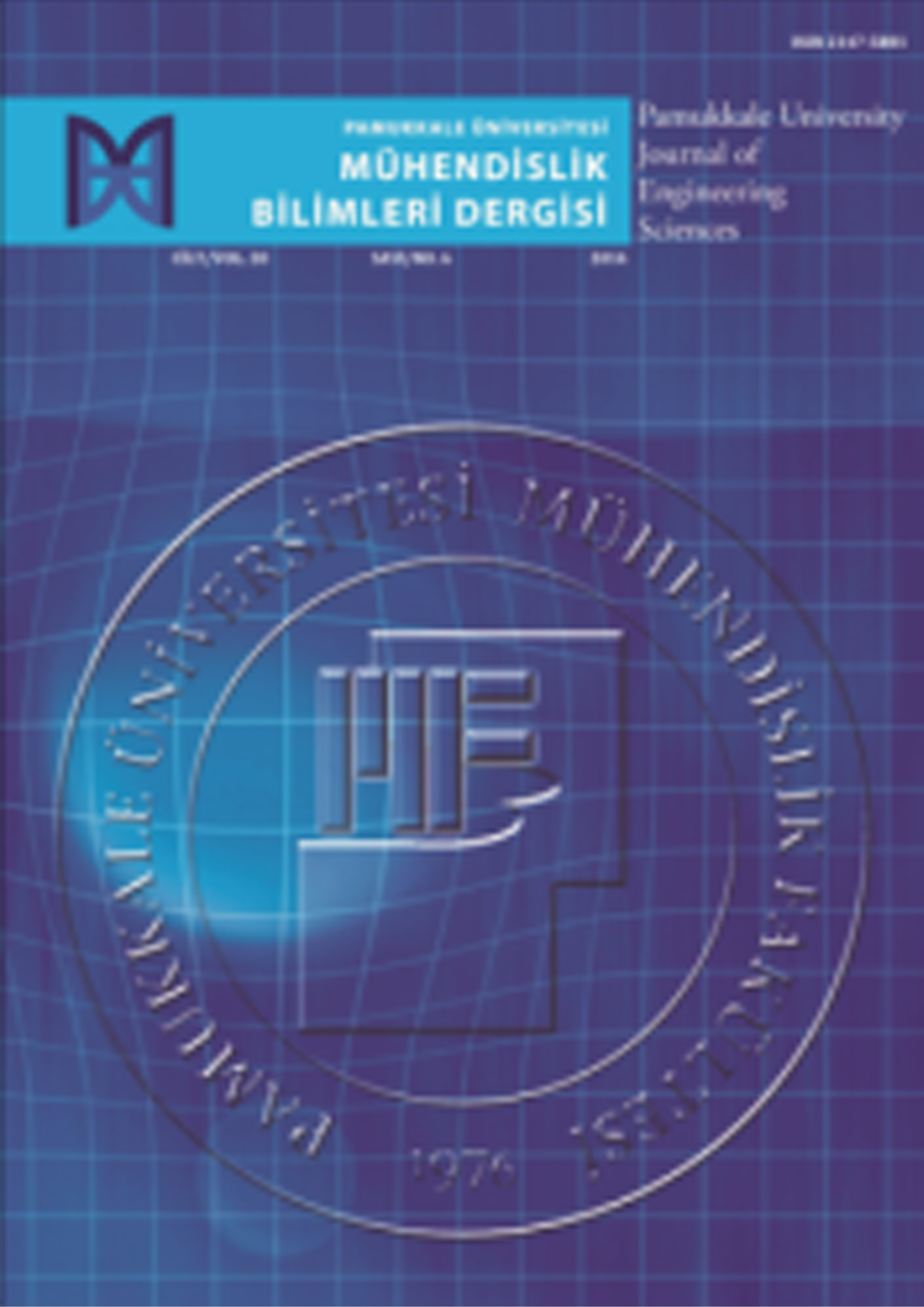Design and performance analysis of a new medium access control protocol with quality of service support for effective and fair transmission of heterogeneous data traffics in Internet of Things applications
Sedat AtmacaMuğla Sıtkı Koçman University, Technology Faculty, Information Systems Engineering DepartmentIn this paper, a quality of service supported (QoS) medium access control (MAC) protocol designed to transmit two different data traffic types, namely real-time and non-real-time, with different bandwidth requirements for Internet of Things (IoT) applications is proposed. A new fair channel allocation-based algorithm used in the proposed MAC protocol efficiently performs bandwidth allocation for two different data traffic types. In this study, TDMA is chosen as the MAC technique due to its tendency to flexible bandwidth allocation. With the TDMA MAC technique, QoS support is provided to the related IoT nodes by allocating one or more time slots according to the bandwidth requirements of the nodes. The analytical model of the proposed MAC protocol has been developed by using a two-dimensional continuous-time Markov chain and its performance has been analyzed in an example network scenario. Performance analysis is carried out based on call blocking probability, throughput, utilization and call completion rate. In addition, a Monte Carlo simulation of the proposed MAC protocol has been performed, and the results obtained from the analytical model have been confirmed with the results obtained from the simulation model. According to the results obtained from the sample networking scenario in which the proposed MAC protocol is utilized, when the total load of the network is 10, the call blocking probability of real-time users is 10%, and the call blocking probability of non-real-time users is 26.6%. Under the same load conditions, the call completion ratio for non-real-time users is 80.23%, while for real-time users this ratio is 46.80%.
Keywords: Internet of Things, Medium Access Control, Time Division Multiple AccessNesnelerin interneti uygulamalarında heterojen veri trafiklerinin etkin ve adil iletimi için servis kalitesi destekli yeni bir ortam erişim kontrol protokolü tasarım ve başarım analizi
Sedat AtmacaMuğla Sıtkı Koçman Üniversitesi, Teknoloji Fakültesi, Bilişim Sistemleri Mühendisliği BölümüBu makale çalışmasında, nesnelerin interneti (Nİ) uygulamaları için farklı bantgenişliği ihtiyacına sahip, gerçek zamanlı ve gerçek zamanlı olmayan iki değişik veri trafiğinin iletimi için tasarlanmış servis kalitesi destekli bir ortam erişim kontrol (OEK) protokolü önerilmektedir. Önerilen OEK protokolünde kullanılan adil kanal paylaştırma temelli planlama algoritması iki farklı veri trafik türü için bantgenişliği tahsisini verimli bir şekilde gerçekleştirmektedir. Çalışmada esnek bantgenişliği tahsisine yatkınlığı nedeniyle TDMA, OEK tekniği olarak seçilmiştir. TDMA OEK tekniği ile düğümlerin bantgenişliği gereksinimlerine göre bir veya daha fazla zaman dilimi tahsis edilerek, ilgili düğümlere servis kalitesi desteği sağlanmaktadır. Önerilen OEK protokolünün analitik modeli iki boyutlu sürekli-zamanlı Markov zinciri kullanılarak geliştirilmiş ve örnek bir ağ senaryosunda başarımı analiz edilmiştir. Başarım analizinde bağlantı engelleme olasılığı, iş çıkarma oranı, kanal kullanım oranı ve bağlantı tamamlanma oranı esas alınmıştır. Ayrıca önerilen OEK protokolünün Monte Carlo benzetimi de gerçekleştirilerek analitik modelden elde edilen sonuçlar benzetim modelinden elde edilen sonuçlar ile doğrulanmıştır. Önerilen OEK protokollünün kullanıldığı örnek ağ senaryosundan elde edilen sonuçlara göre, ağın toplam yükü 10 iken, gerçek zamanlı kullanıcıların bağlantı engelleme olasılığı %10, gerçek zamanlı olmayan kullanıcılara ait bağlantı engelleme olasılığı ise %26.6dır. Aynı yük altında, gerçek zamanlı olmayan kullanıcılar için çağrı tamamlanma olasılığı %80.23 iken, gerçek zamanlı kullanıcılar için %46.80dir.
Anahtar Kelimeler: Nesnelerin İnterneti, Ortam Erişim Kontrol, Zaman Bölmeli Çoklu ErişimManuscript Language: Turkish





